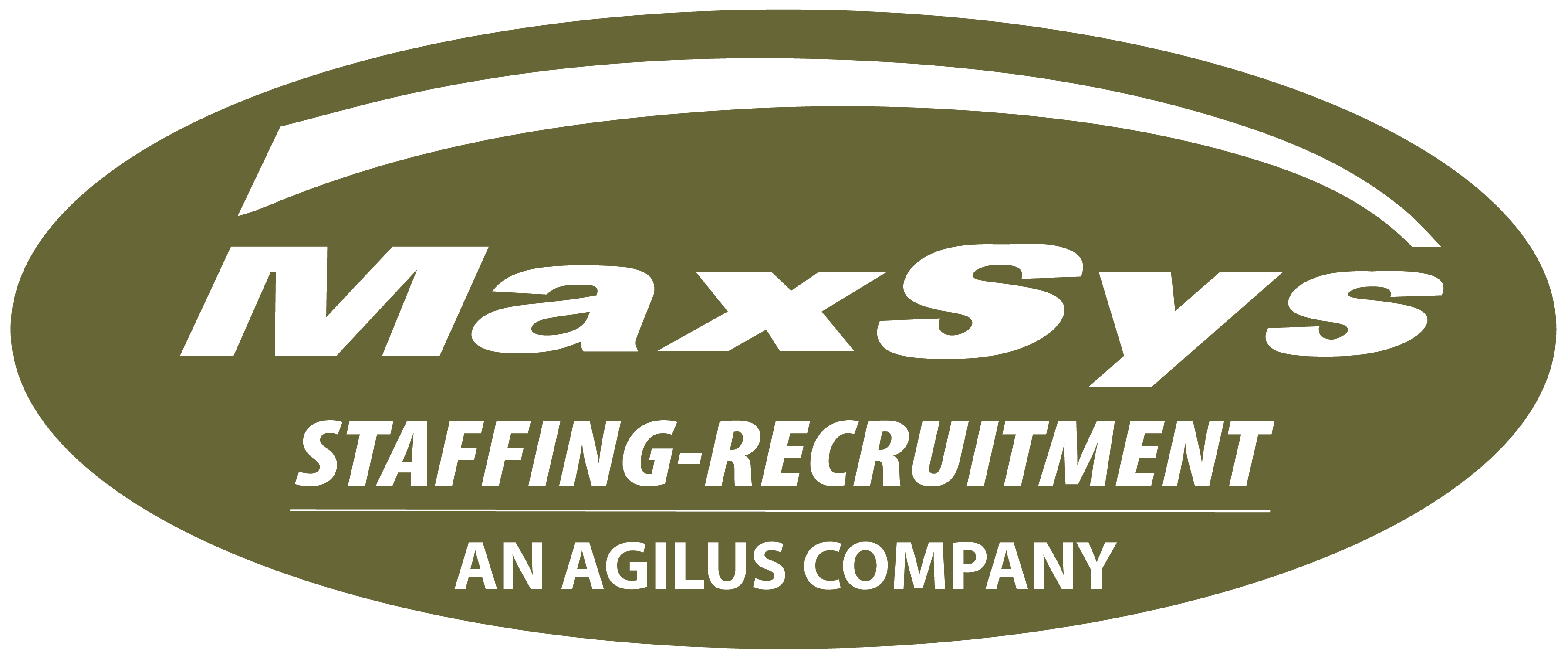April 23, 2024
THE FIVE S’s : WORK PLACE EFFICIENCY
A disorganized and untidy workplace is often a sign that a business isn’t as productive as it could be. And while cleaning up work areas is not always easy, it is often one of the first things that needs to be done to boost productivity.
To do efficient, high-quality work, you need to be in a clean, safe environment where tools are readily accessible. This makes it easier to concentrate on the task at hand rather than getting sidetracked on organizational issues, whether it be in a factory, office or a store.
One of the most popular methods used to create lean, functional work environments is the renowned Japanese management philosophy known as 5S.
What is the 5S method?
As the name suggests, 5S involves a series five steps:
- sort
- set in order
- shine
- standardize
- sustain
Developed decades ago by Toyota, 5S is a proven way to increase productivity by identifying and eliminating waste. Although originally designed for manufacturing environments, 5S can also improve efficiency in the services sector and in digital environments.
What are the benefits of the 5S method?
5S benefits not only the owners of a business, but also its employees and customers. The main benefit of 5S is a cleaner, safer and better organized workplace. It is often a first step in a continuous improvement drive that aims to eliminate waste, boost productivity and increase profits.
Engaging employees in process improvement can also improve morale and working conditions. For customers, 5S can lead to lower prices and better products by pressuring other companies in the sector to keep pace.
- Improved safety
- Higher equipment availability
- Increased production agility and flexibility
- Stronger employee morale
- Enhanced reputation among customers, suppliers, employees and managers
What does each “S” in the 5S stand for?
1. Sort
The first step involves identifying everything that is useless in your sector and at each workstation—raw materials, tools, parts, instructions and more. This reduces waste and promotes efficiency. Start by identifying and eliminating items that are no longer required in each workspace.
2. Set in order
Next, put objects in the right place so that they are easy to identify and readily accessible as they are needed. This reduces the amount of time spent searching for a tool or waiting for materials to arrive and helps to ensure that processes run smoothly.
Objects should be sorted into:
- equipment and tools
- components, products being produced and completed
- documents
3. Shine
The third 5S stands for shine. This refers to regular inspection and cleaning of the workstation. The idea being that a clean, uncluttered work environment promotes safety, minimizes distraction and encourages productivity.
4. Standardize
The fourth “S” stands for establishing standards for organizing workstations. The establishment of 5S relies on teamwork; everyone must understand not only overarching goals, but also the specific actions needed to achieve them. It’s crucial that everyone sorts, sets in order and shines in the same way.
5. Sustain
The final “S” aims to create mechanisms to maintain the good condition of the first 4 Ss. Some businesses focus on one “S” per month, then re-start the cycle. Others regularly analyze improvements inspired by 5S and incorporate them into training for employees and managers.
In Summary 5S has grown increasingly popular in the services sector. The 5S method also applies to digital environments. Properly managed, 5S fosters a culture of continuous improvement. Training new hires in the five steps helps generate the fresh ideas needed to sustain the process.


